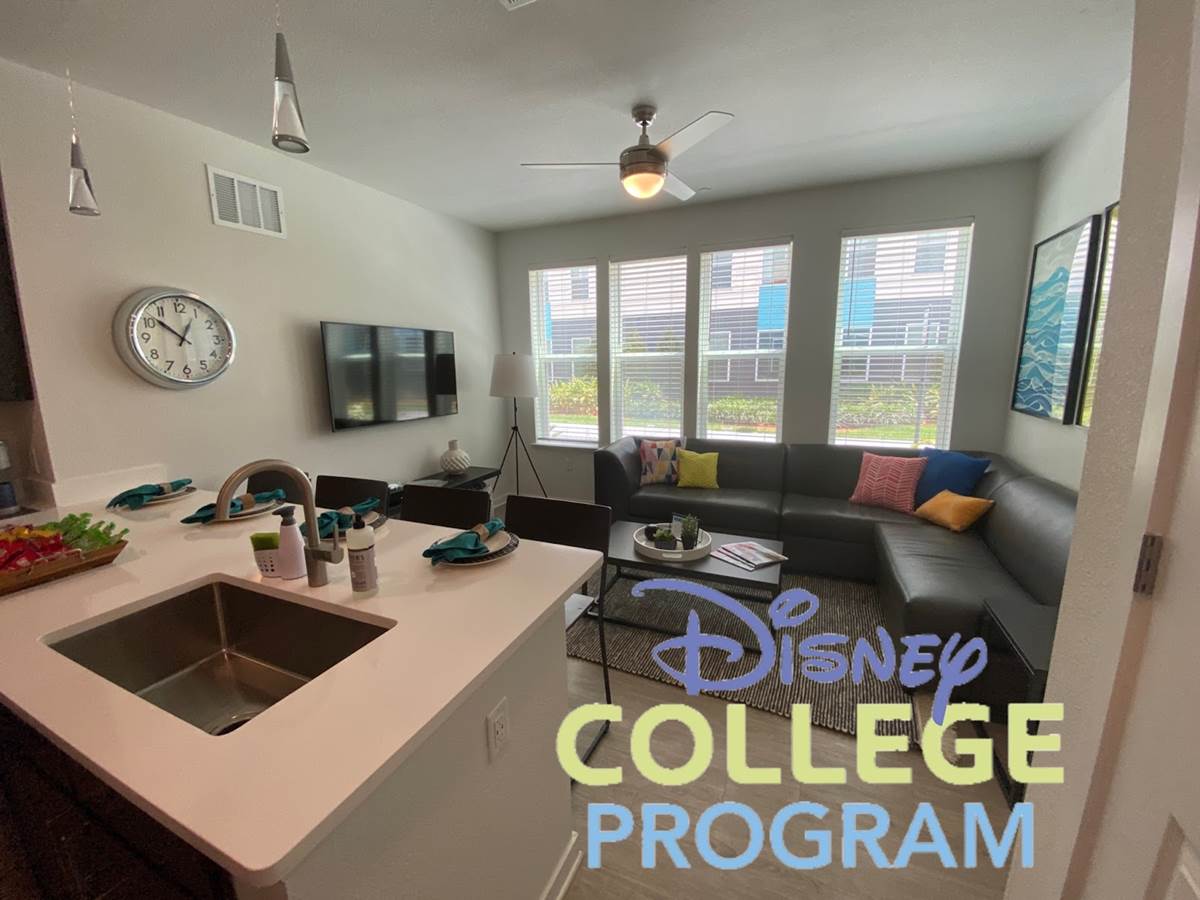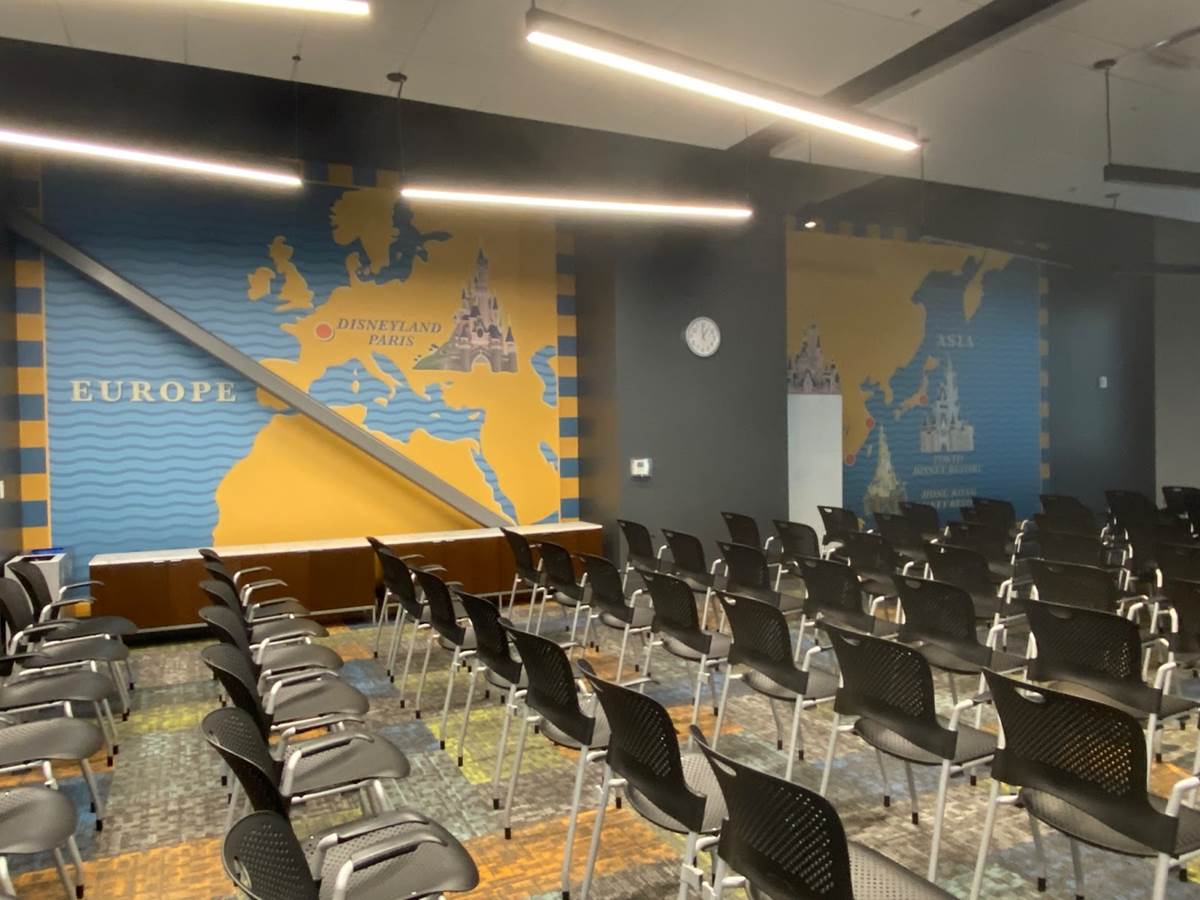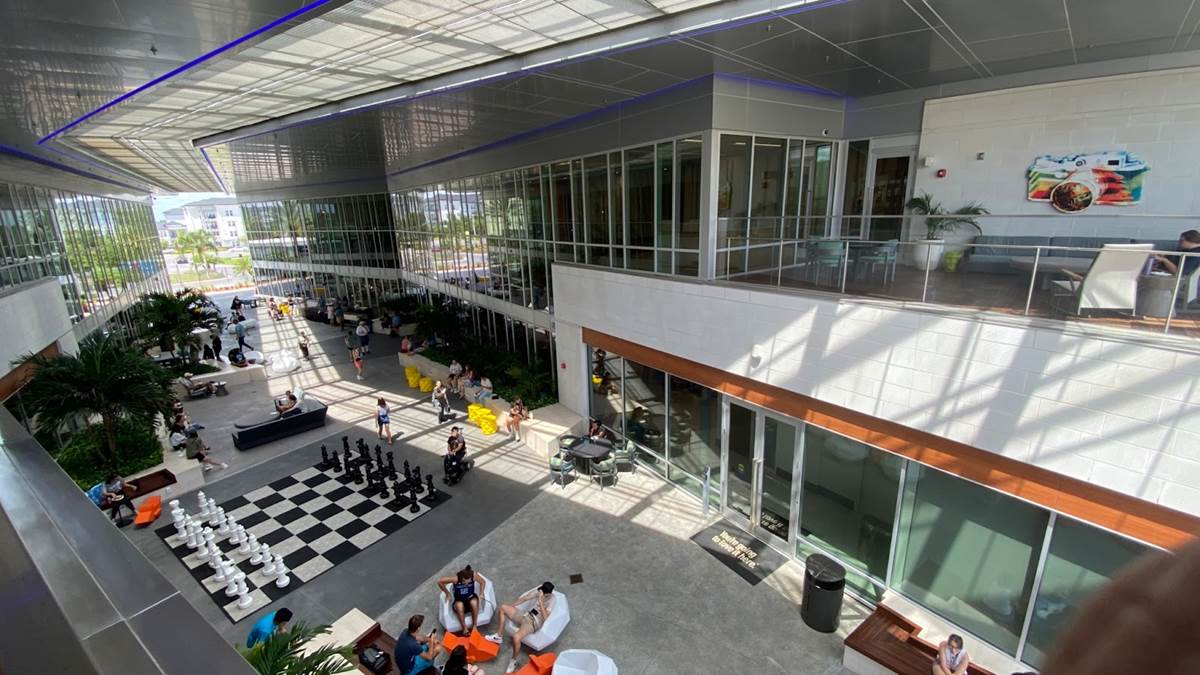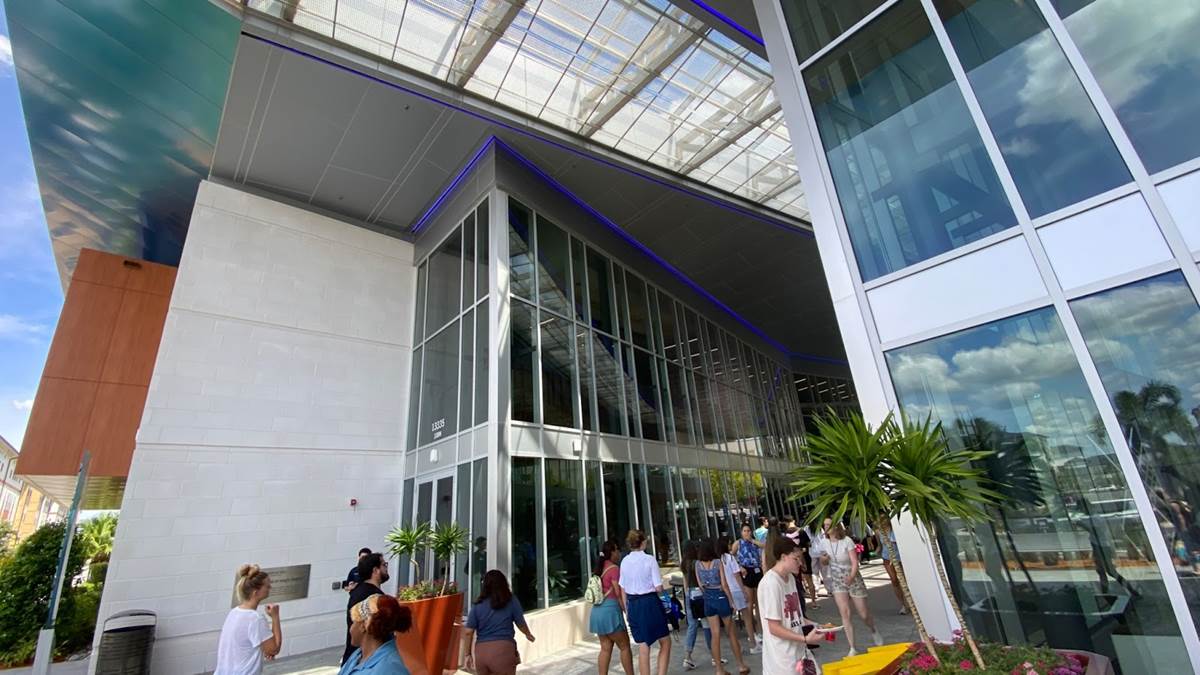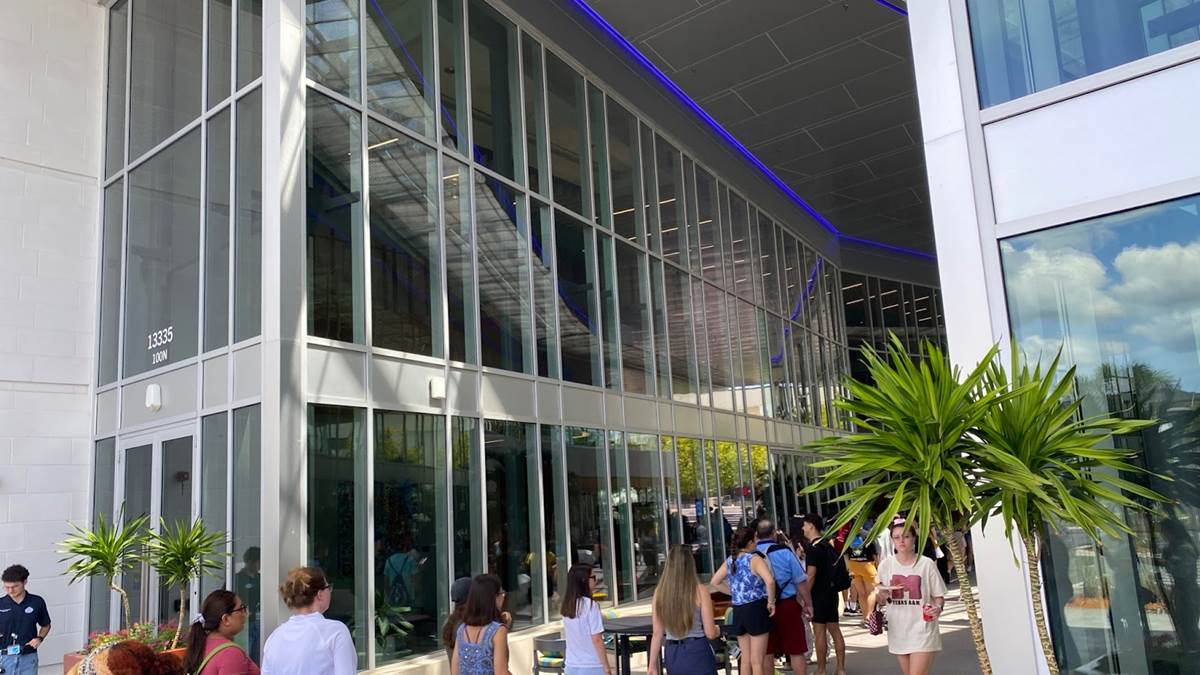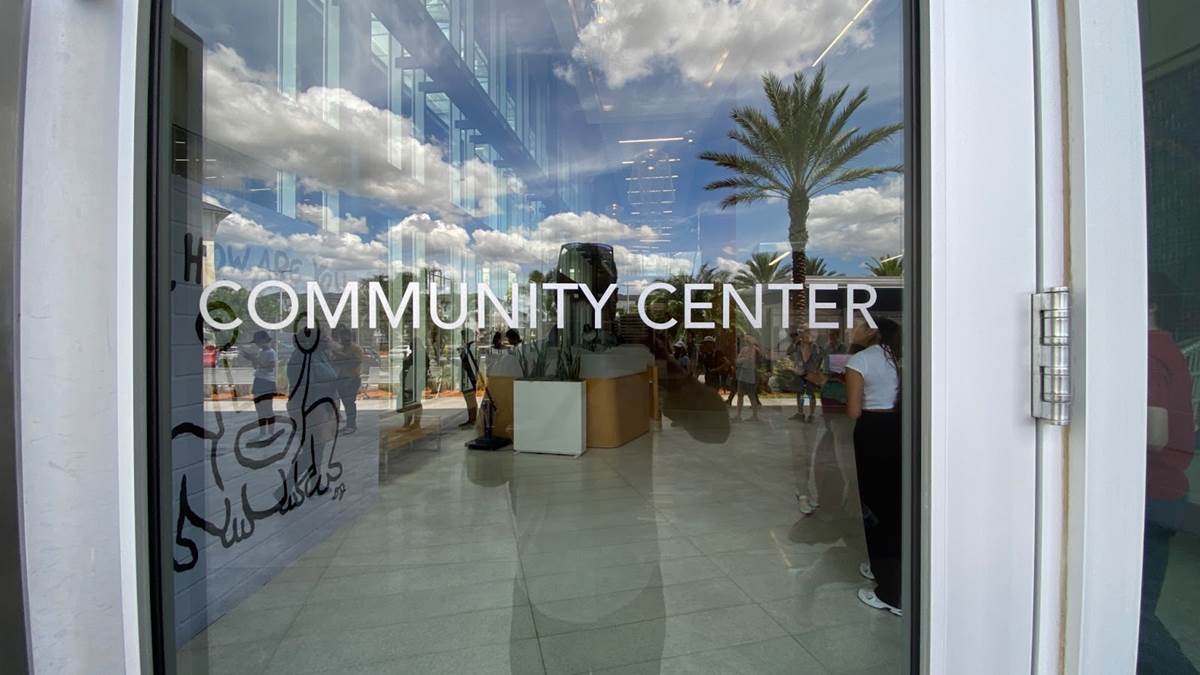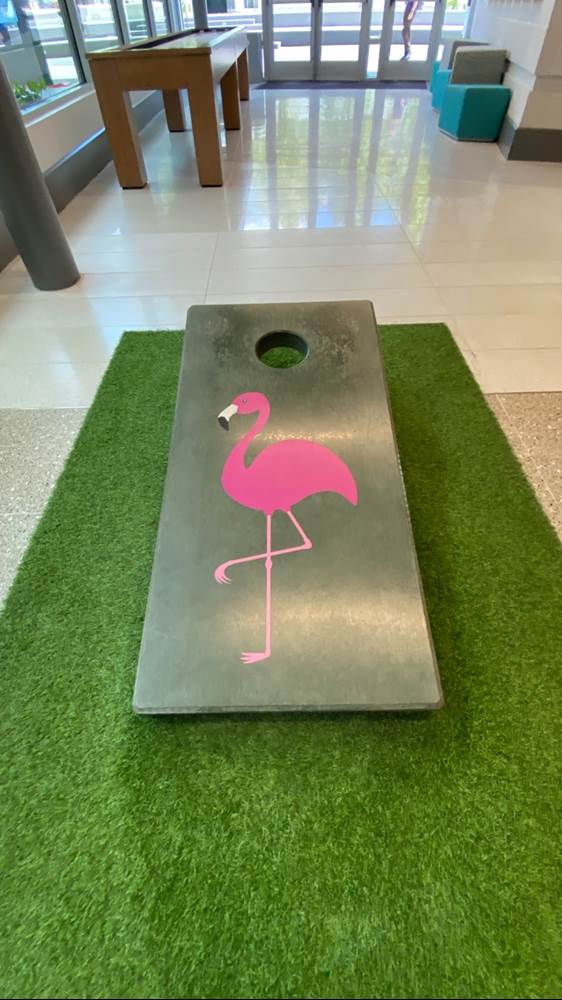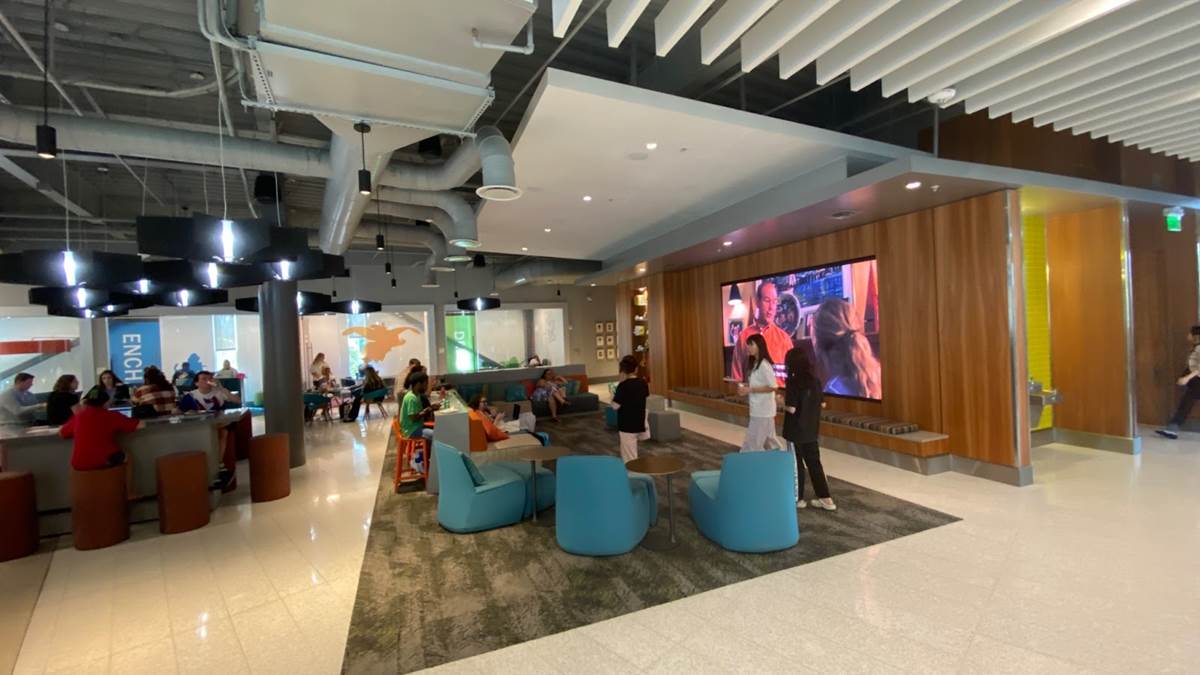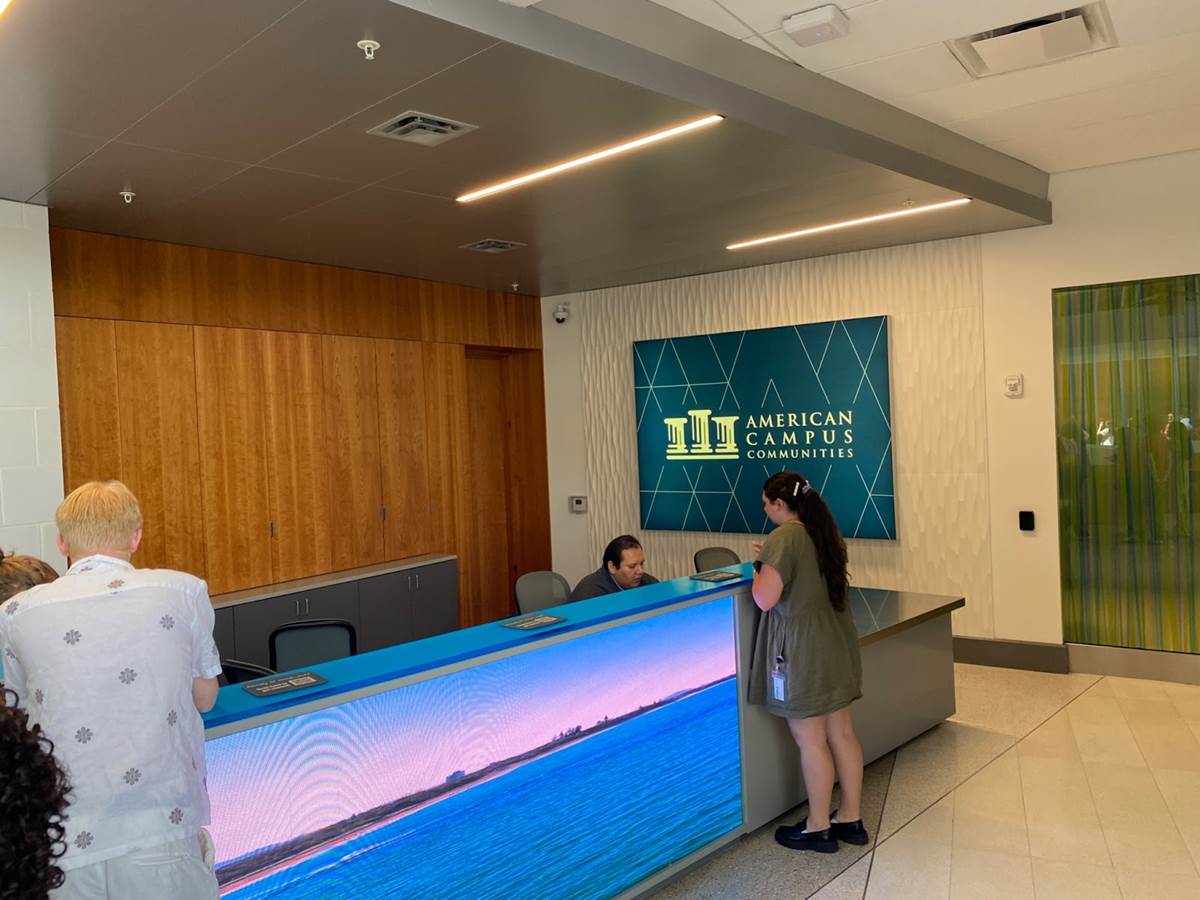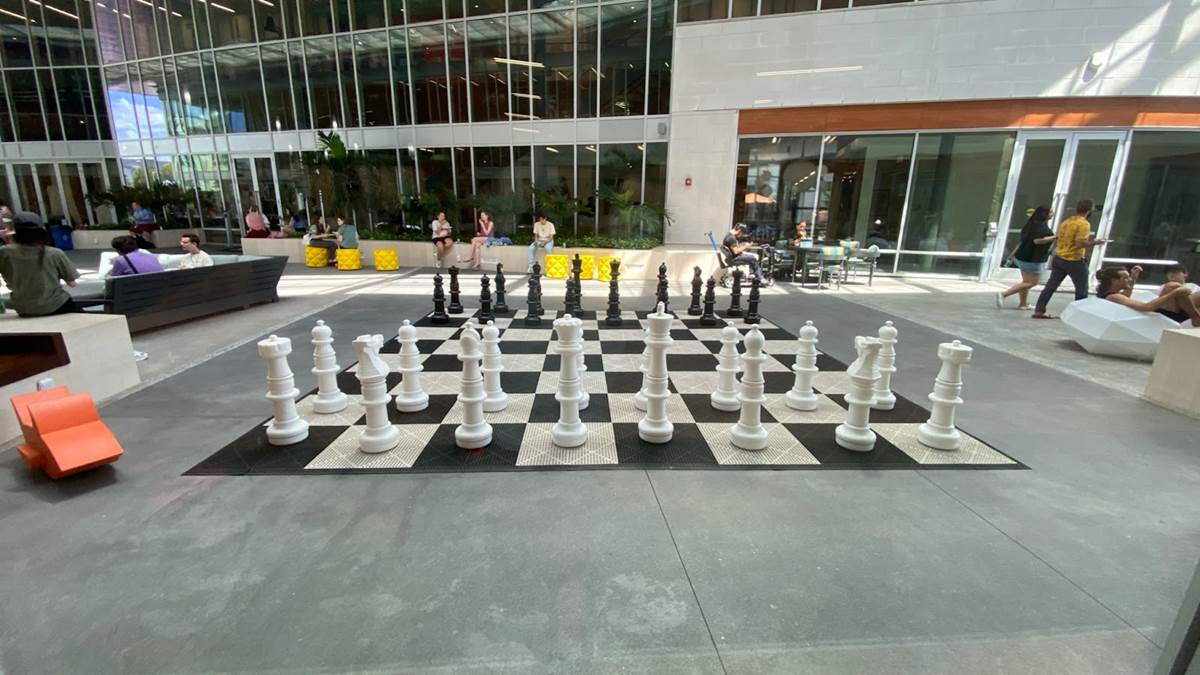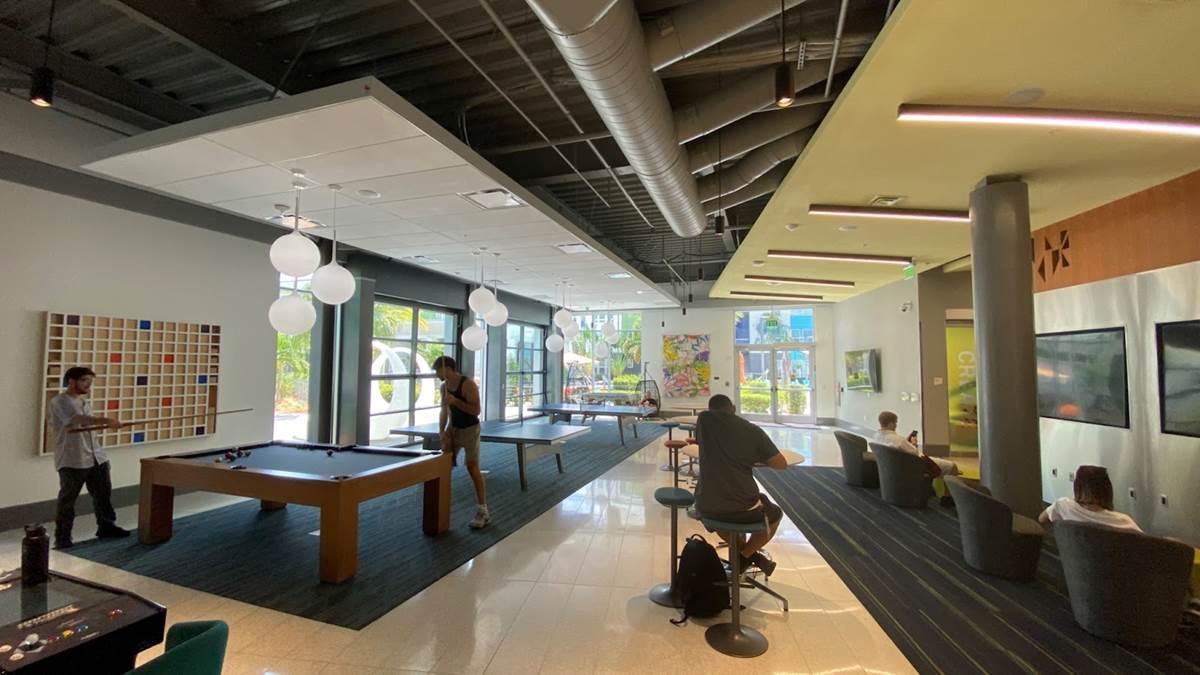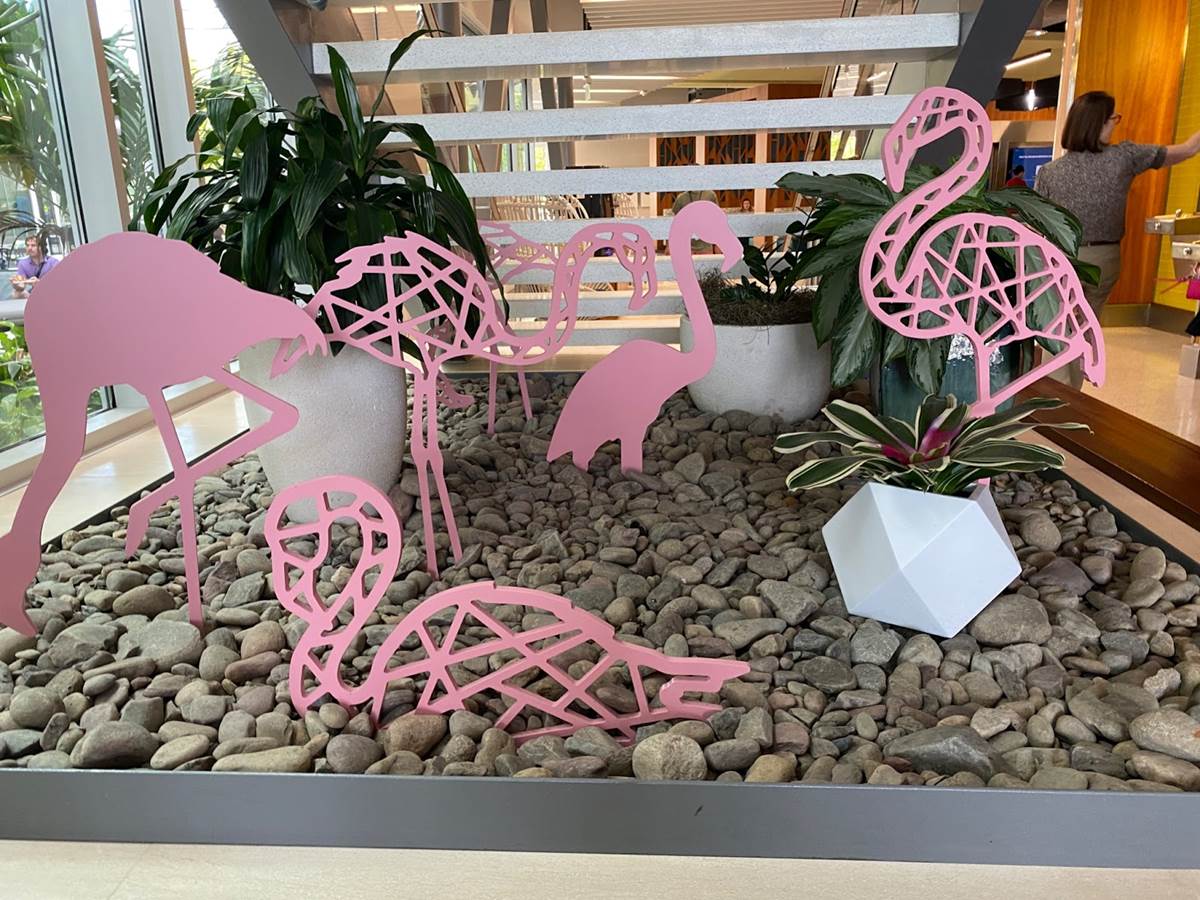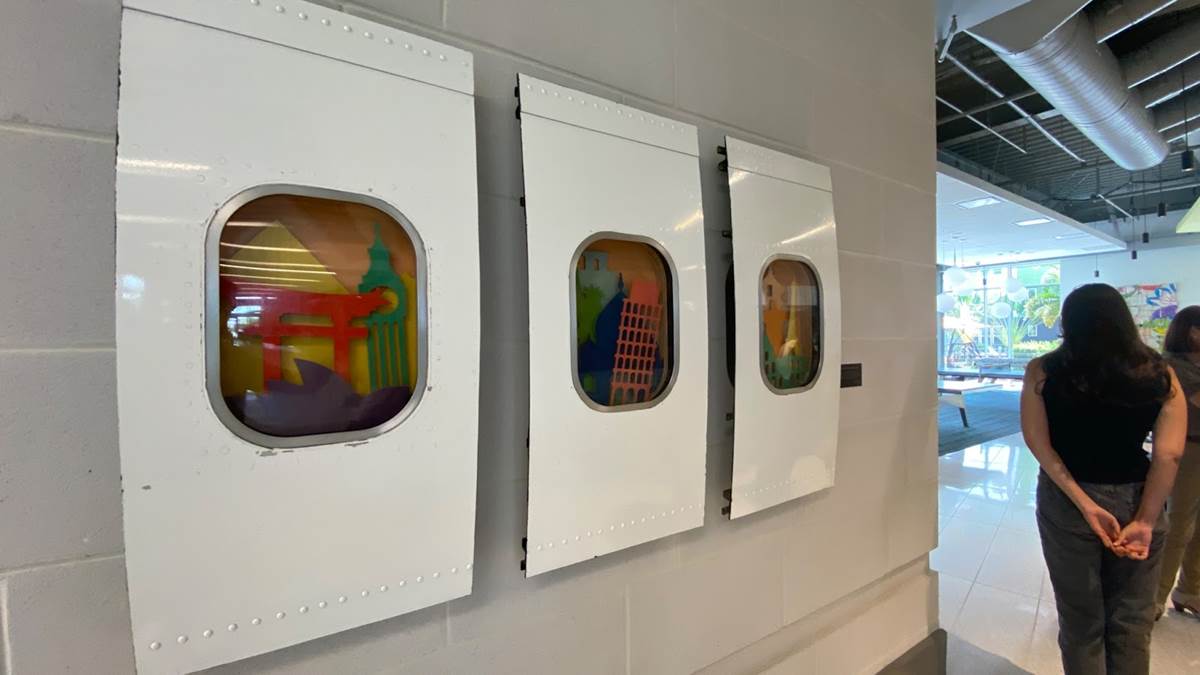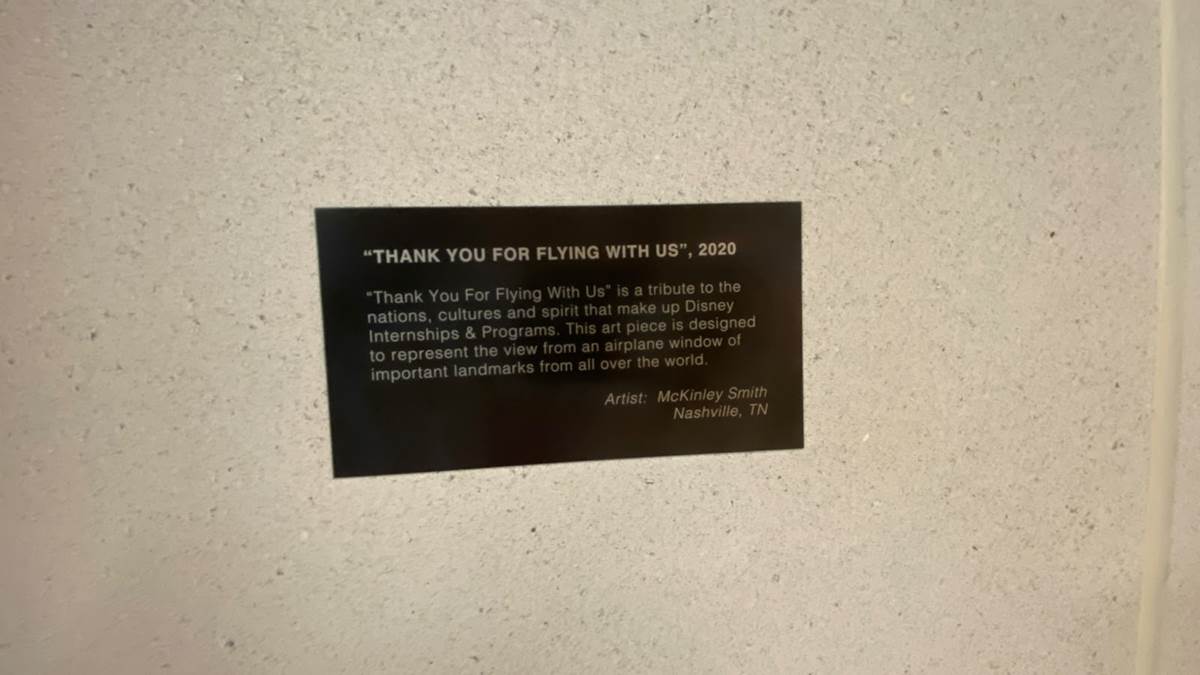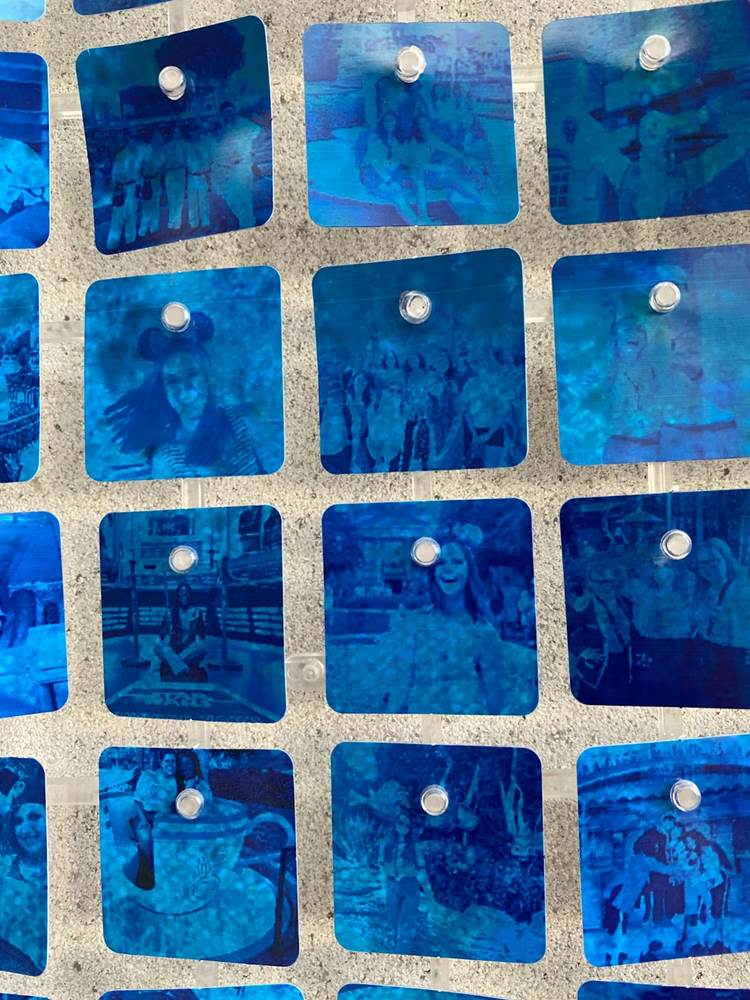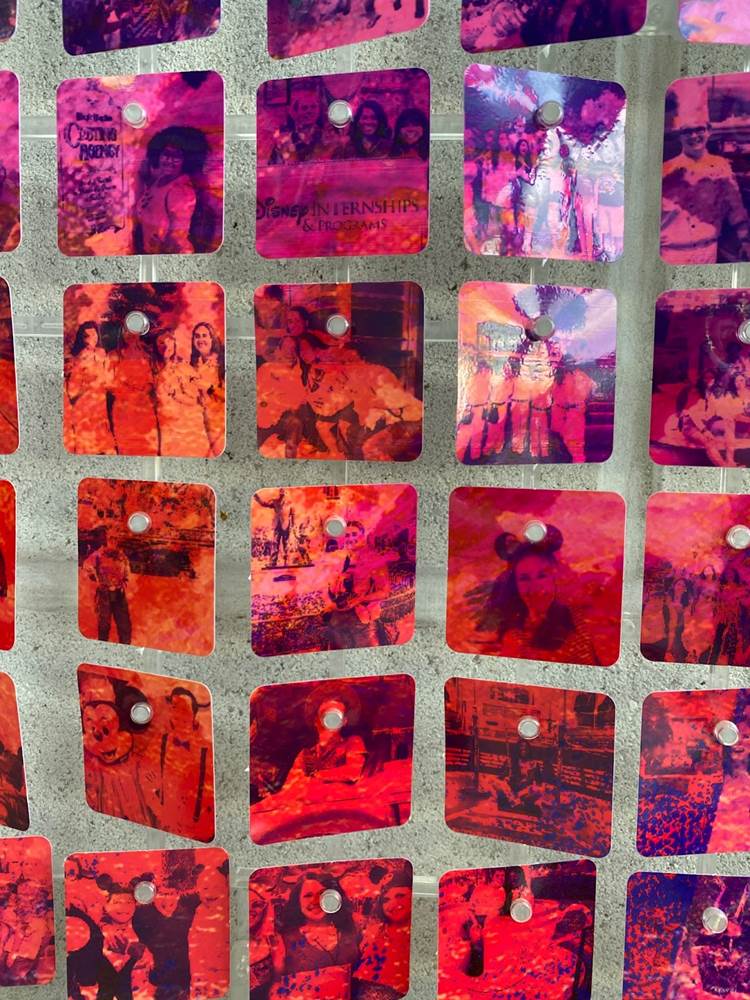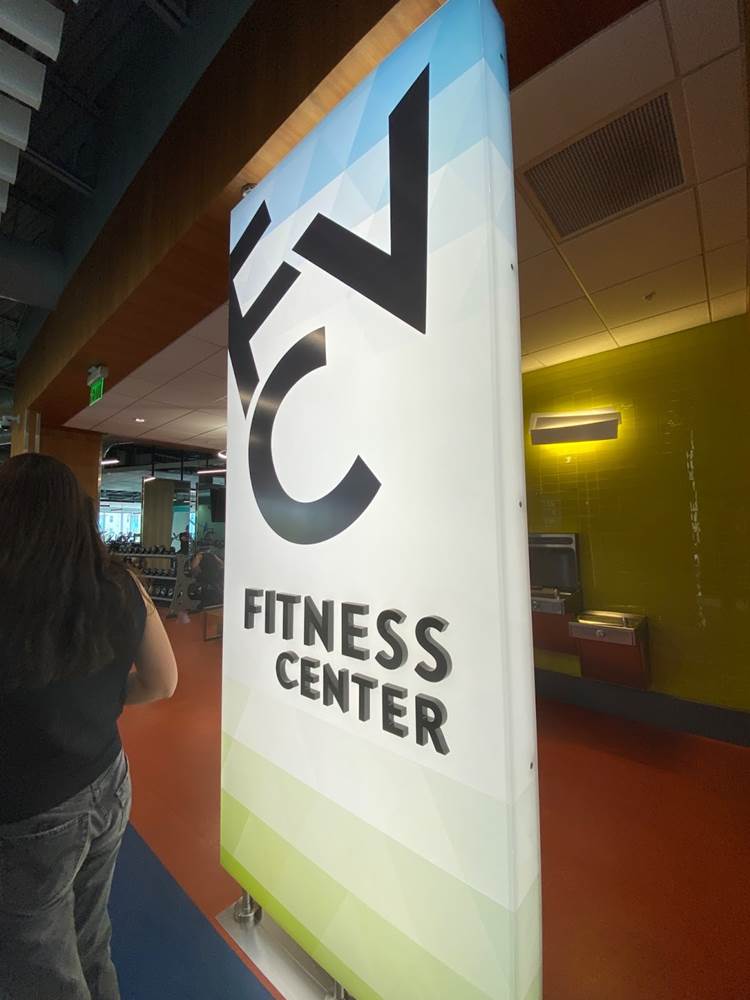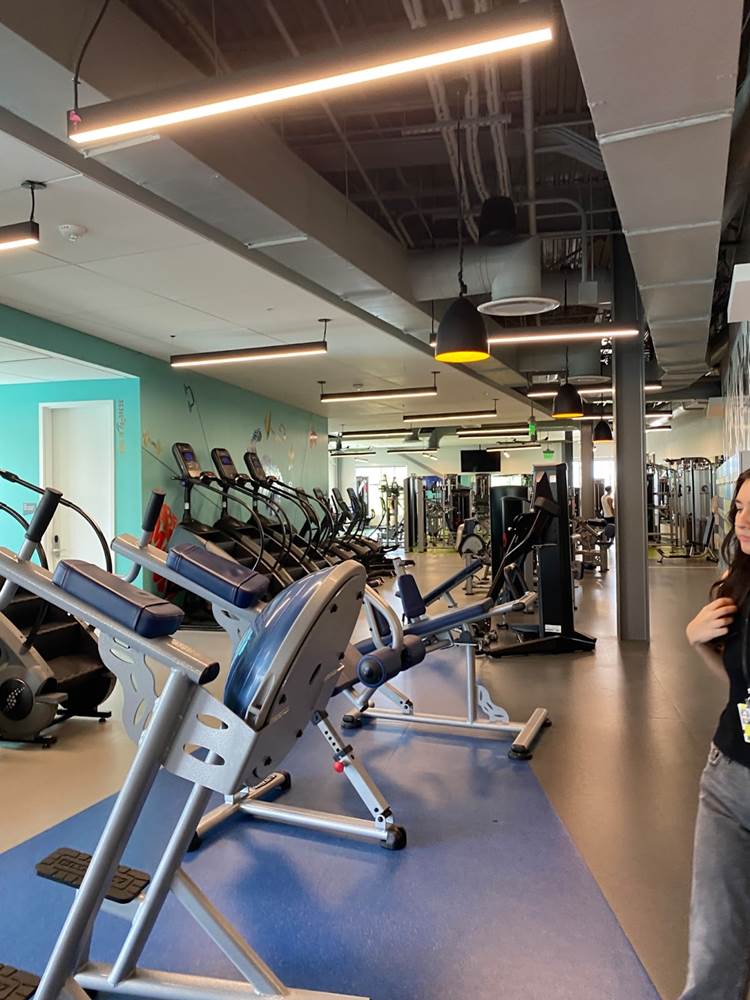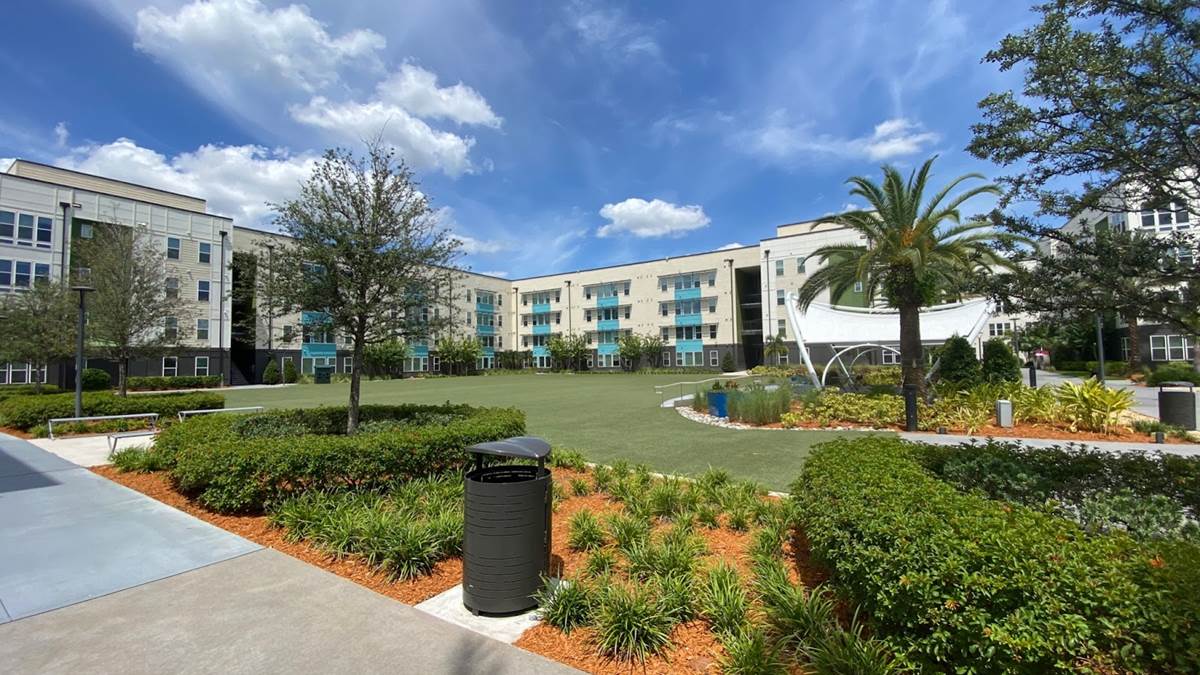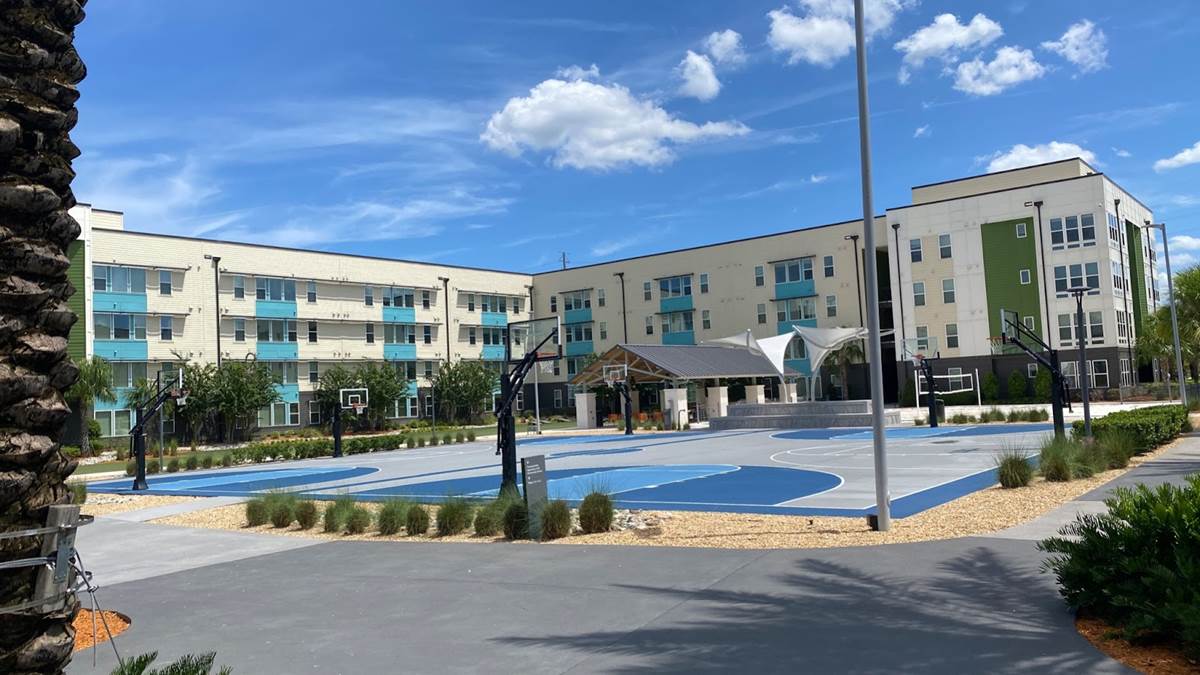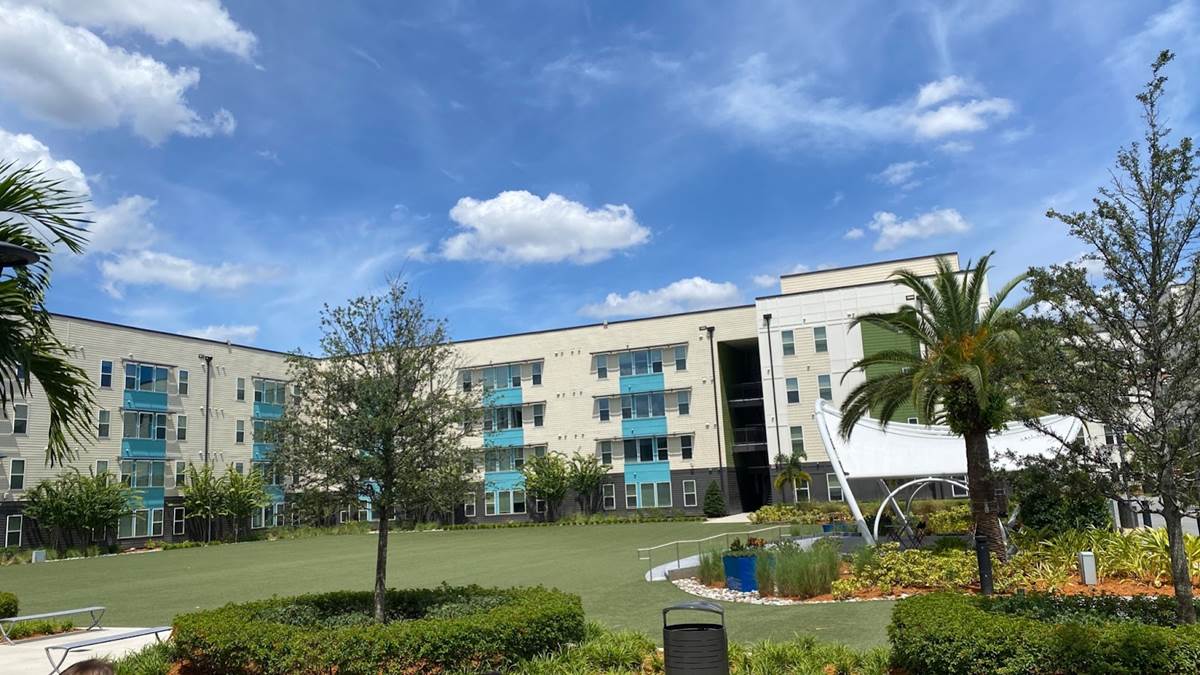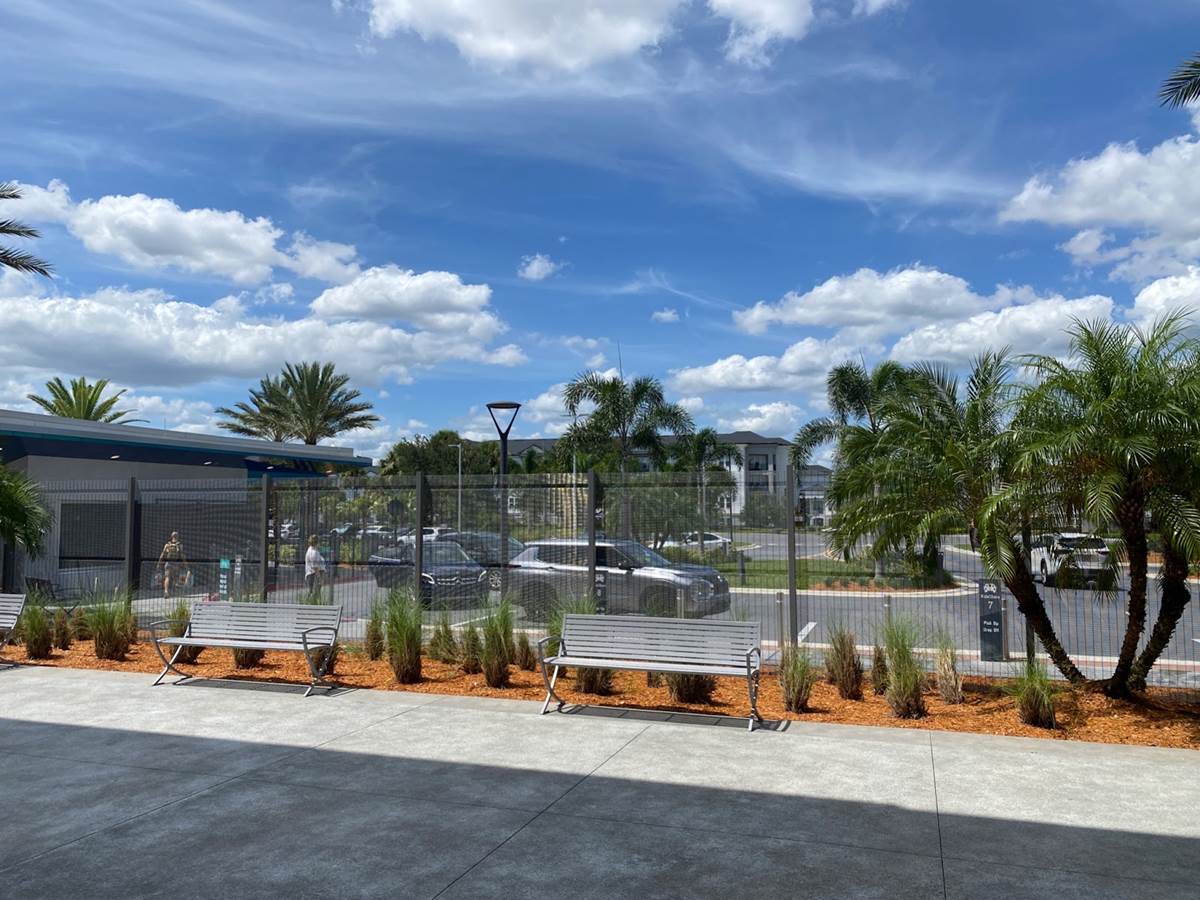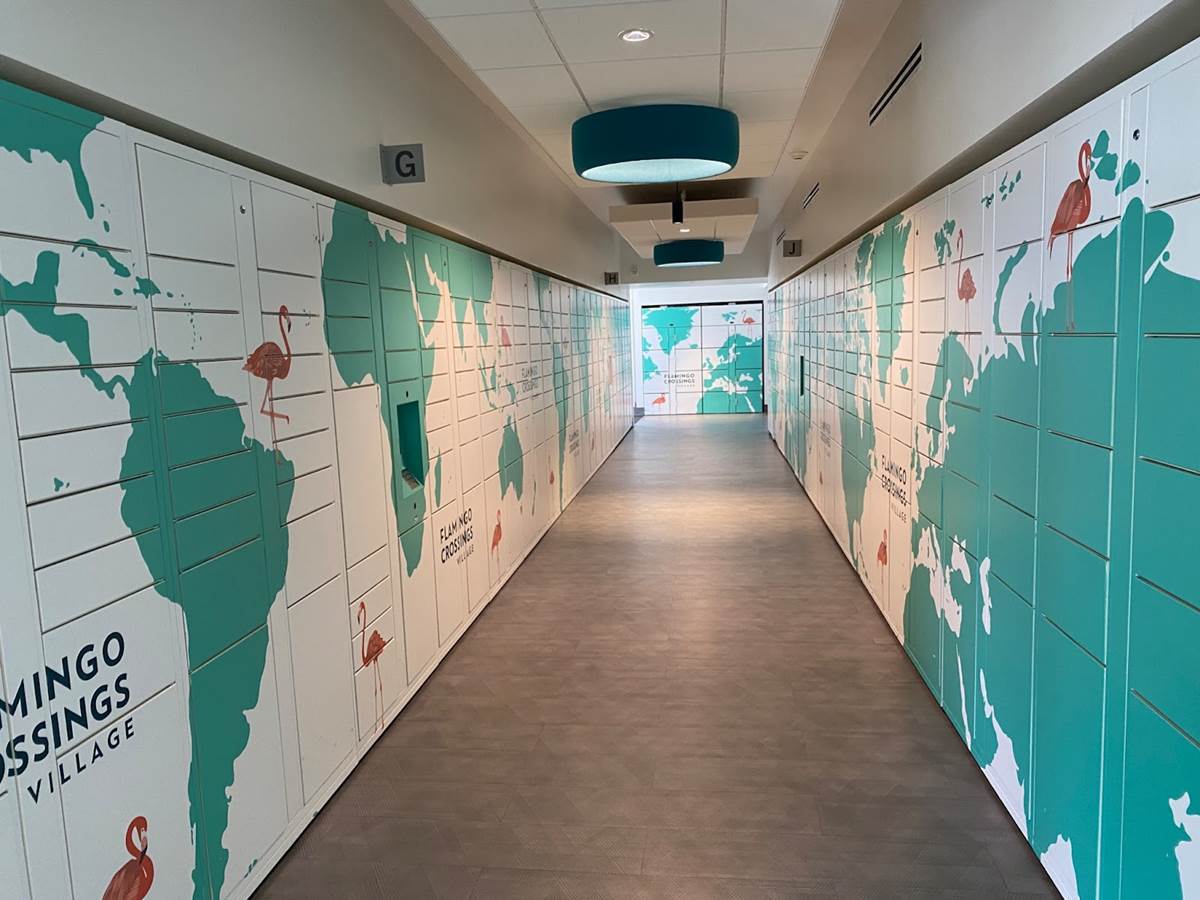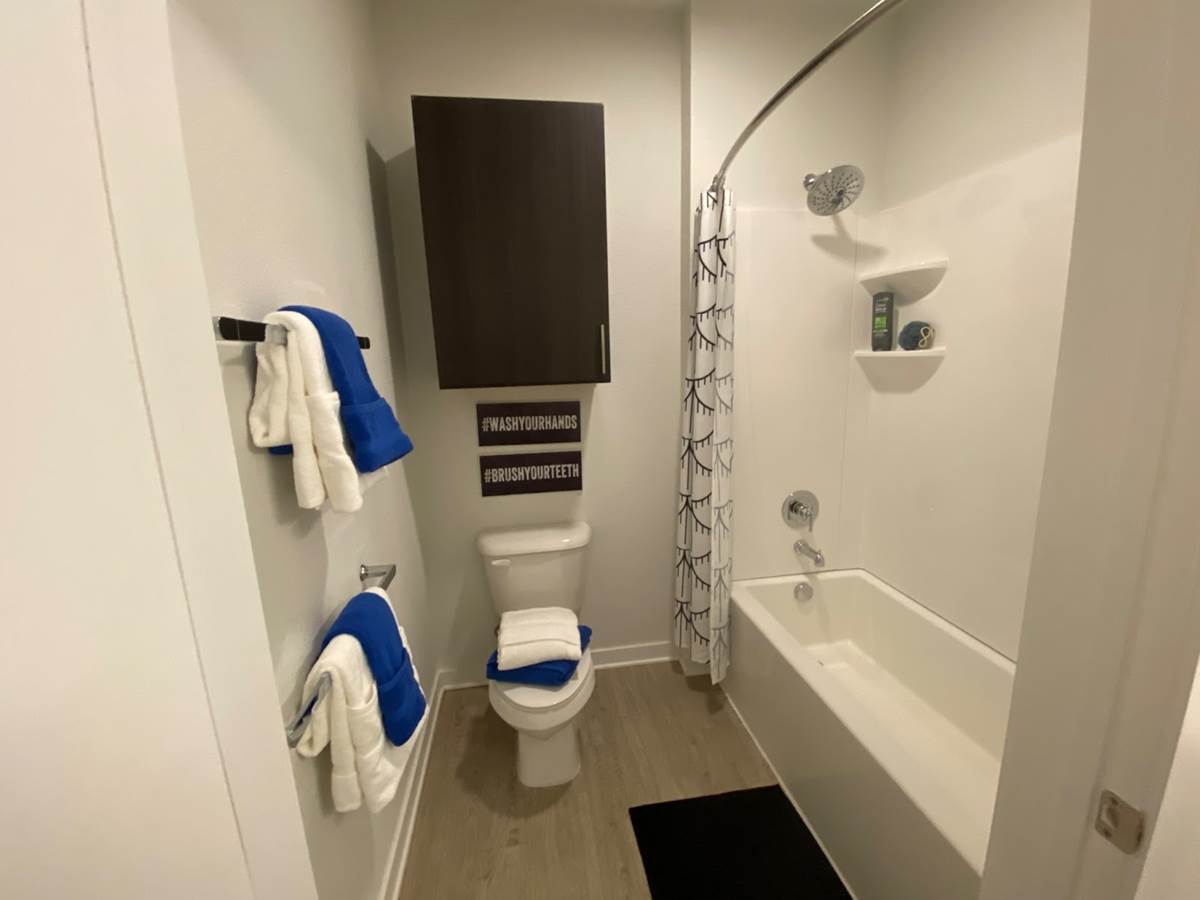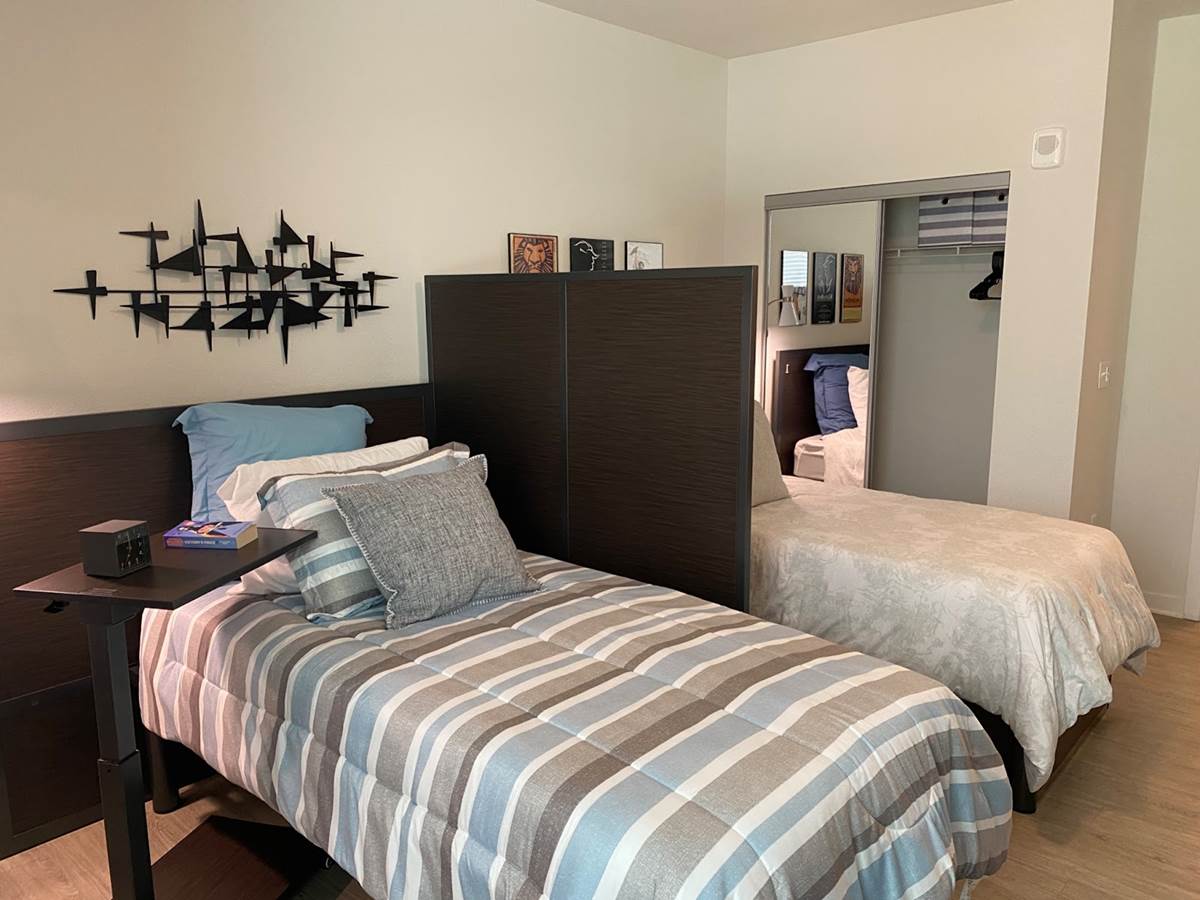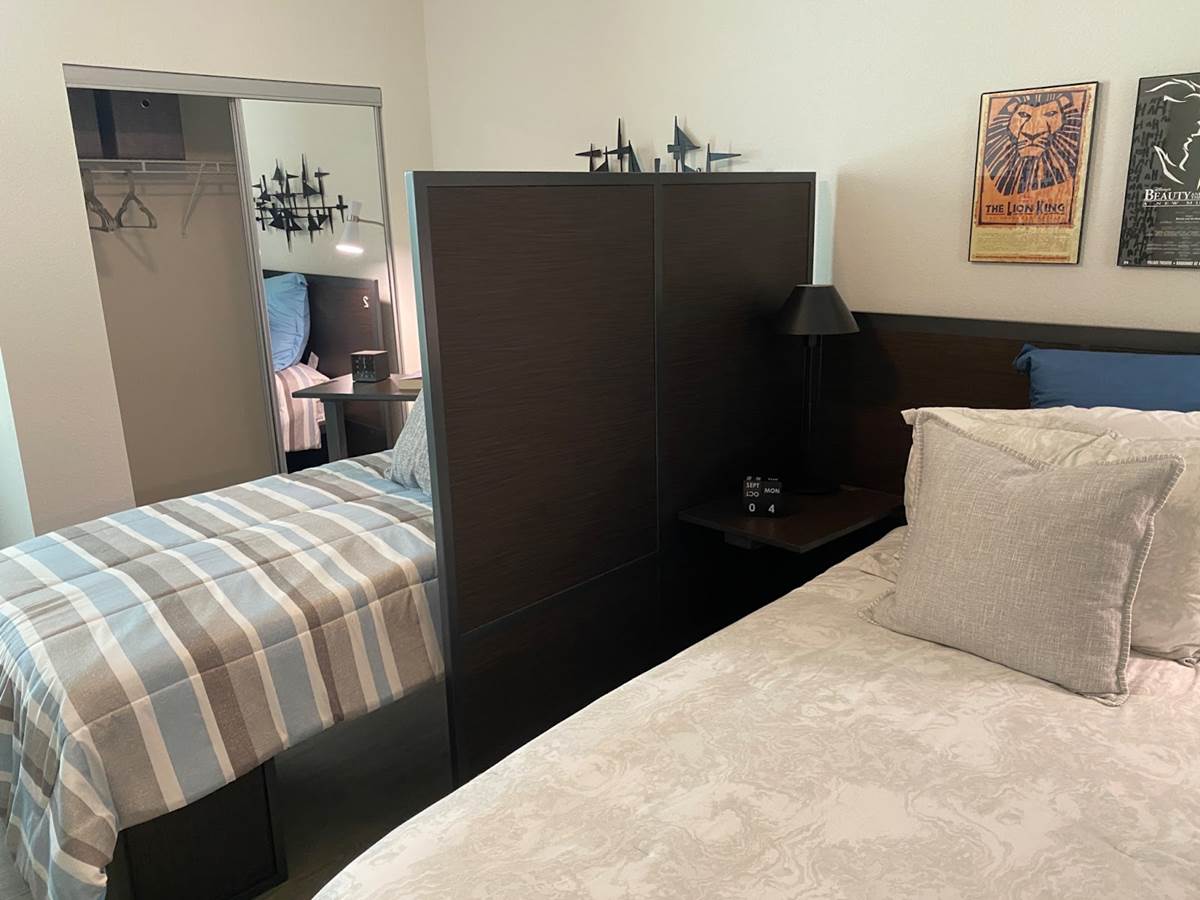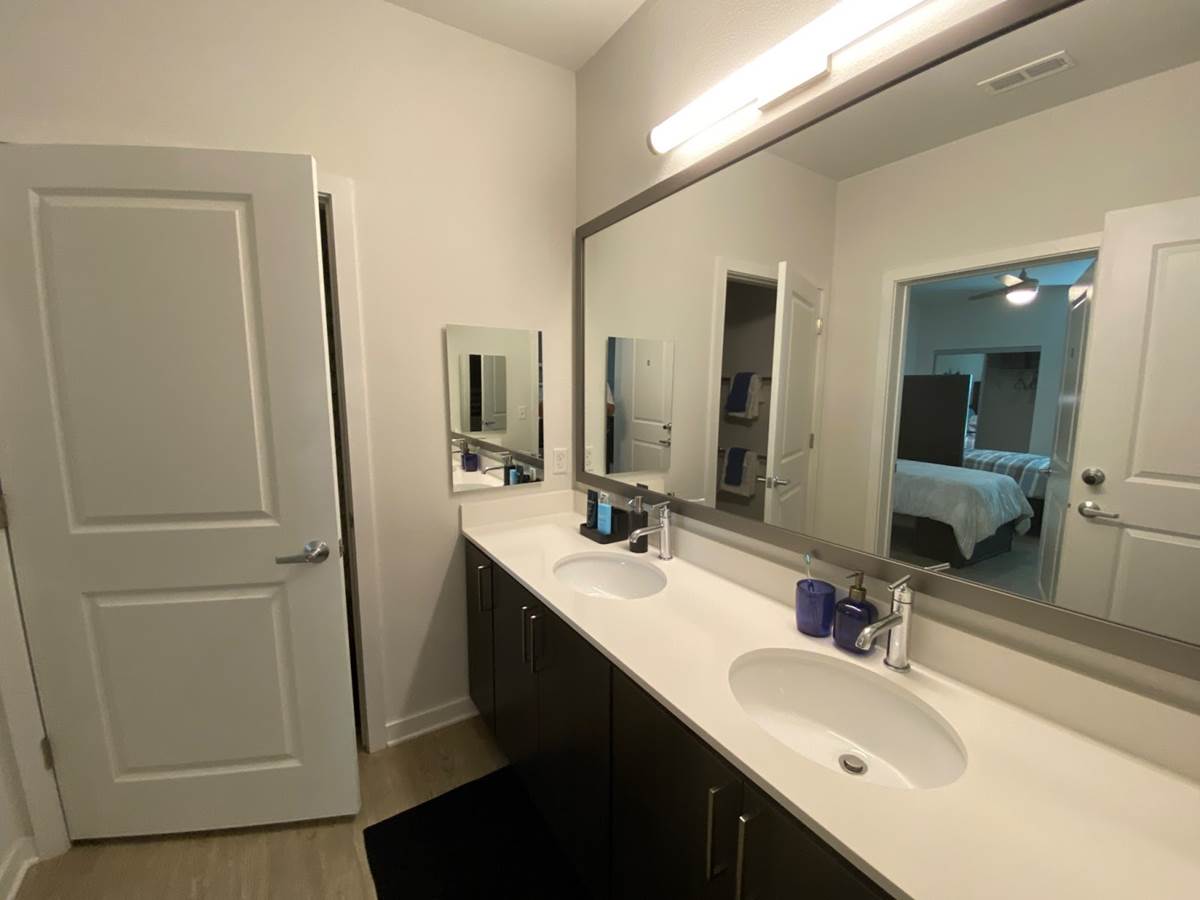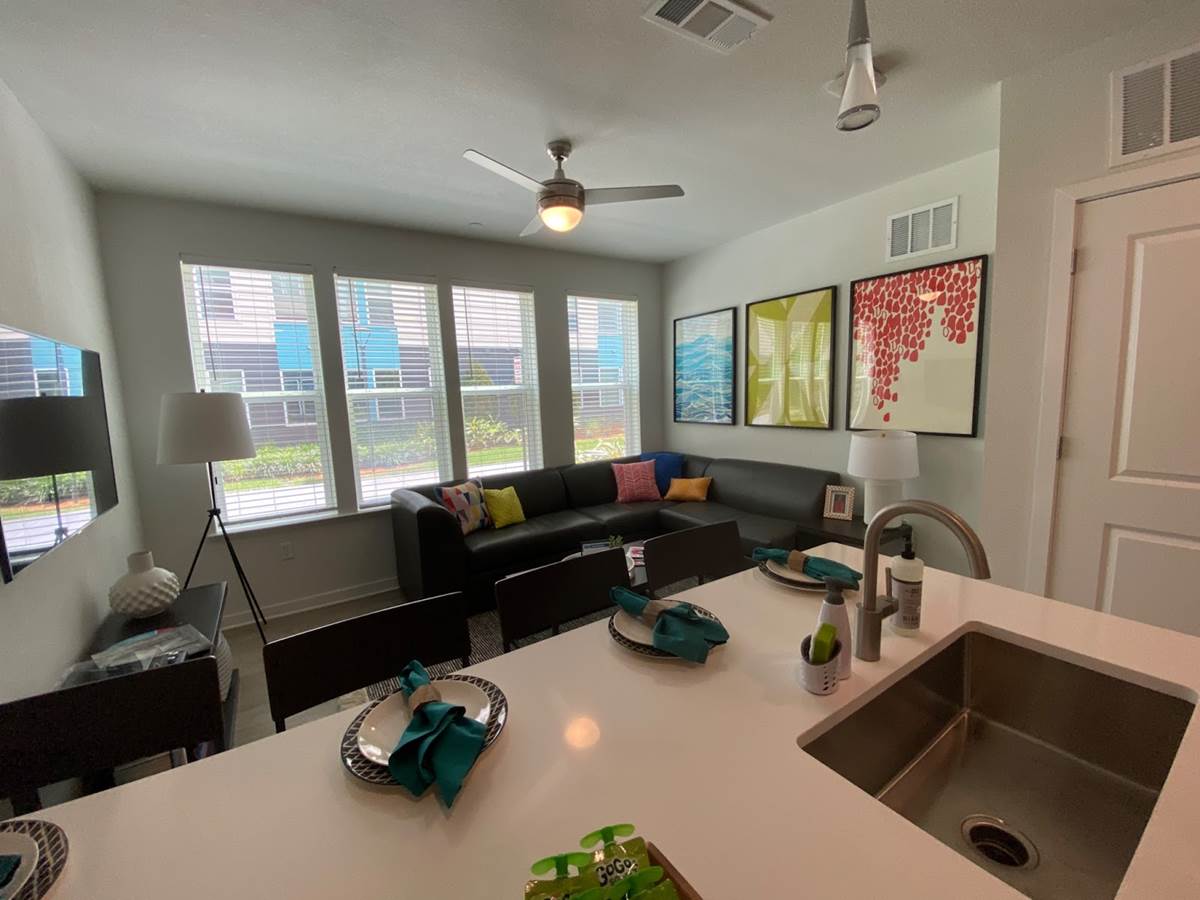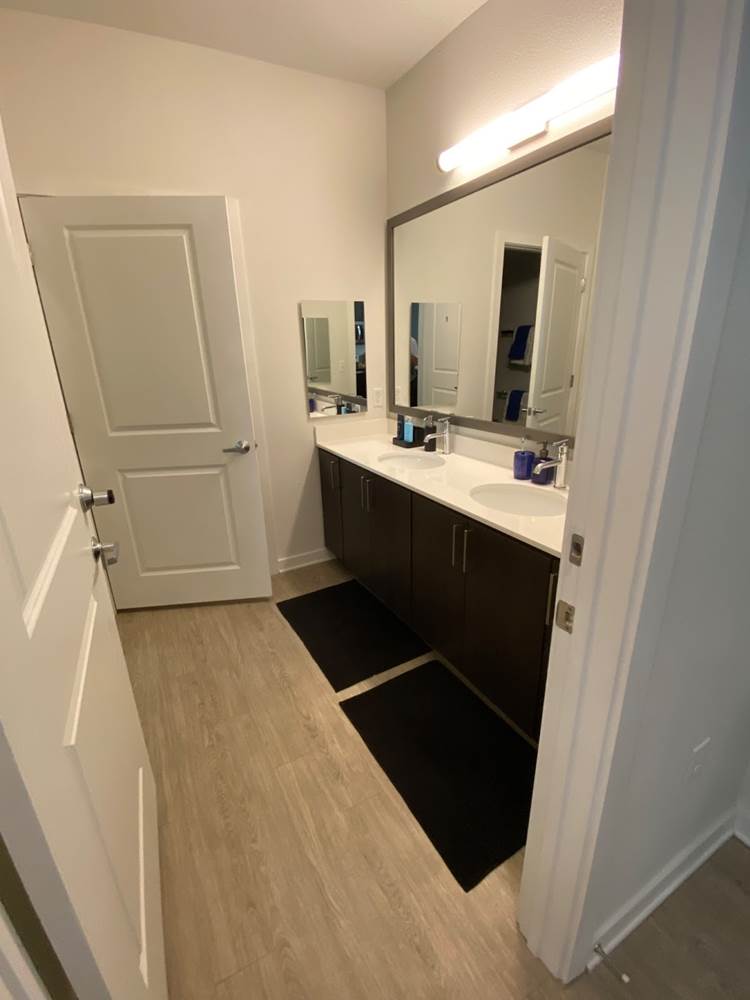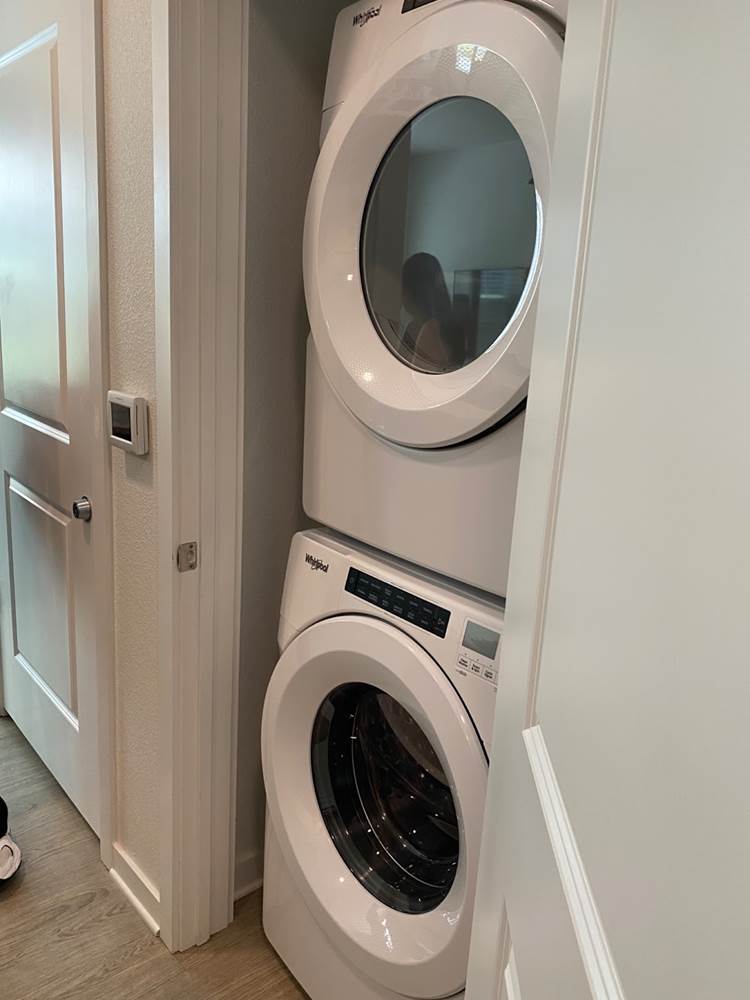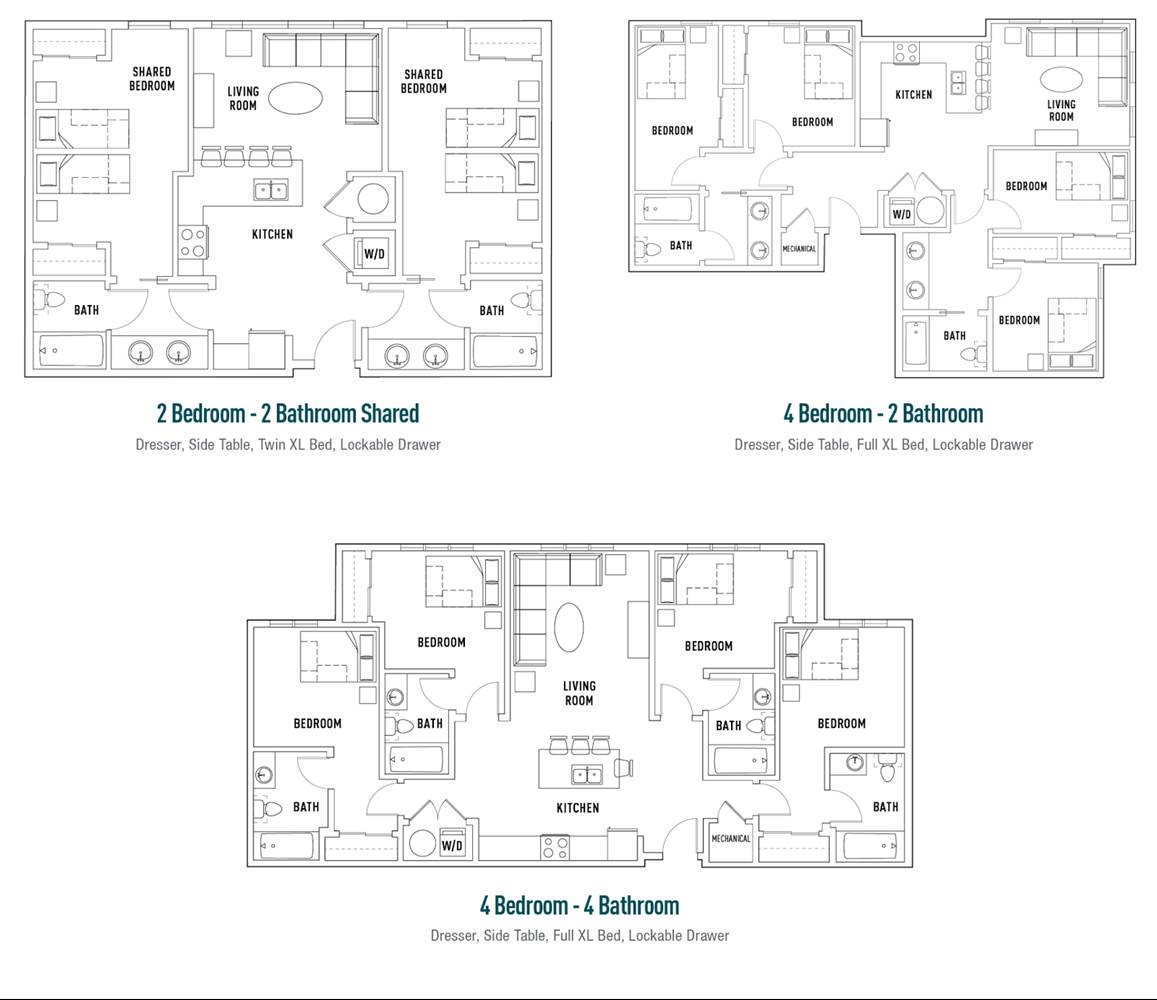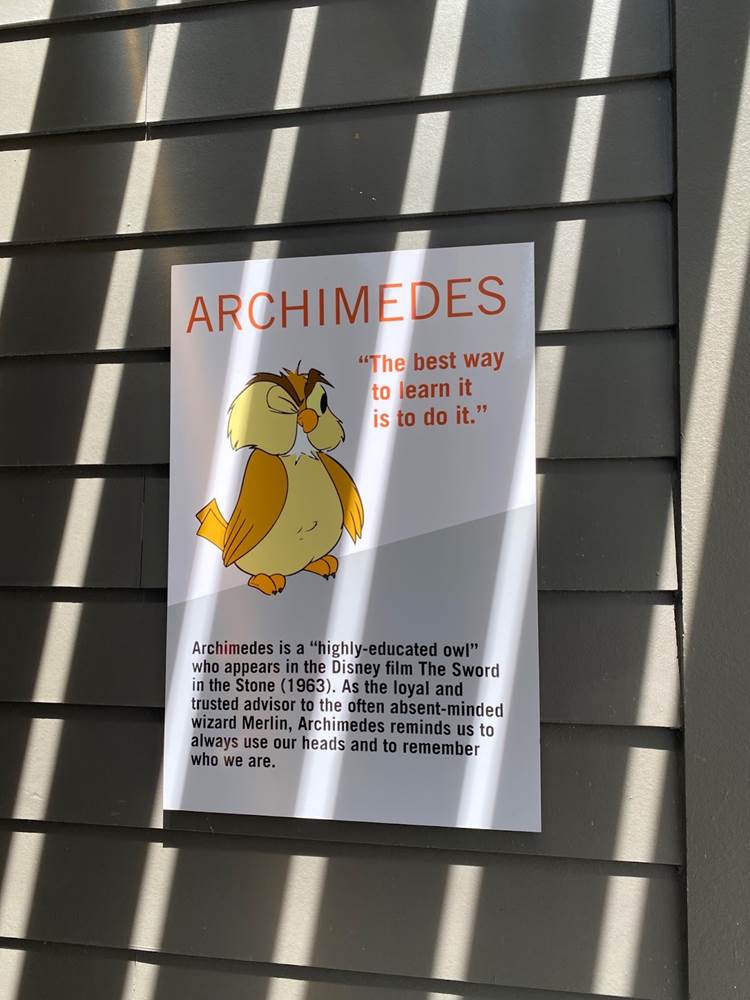A Legacy Alum Checks Out The New Disney College Program Housing at Flamingo Crossings Village
There are over 200,000 alumni who have participated in the Disney College Program (including yours truly, well over a decade ago), so when we were invited to check out the new Flamingo Crossings Village, the now housing development for the Disney College Program at Walt Disney World, I leapt at the opportunity to showcase this new place to those interested in participating in the program or those who have participated recently or even long ago.
The Disney College Program prides itself on the three main components to the experience. Living, Learning, and Earning and has grown substantially since it began over 40 years ago with 248 students. For perspective, in 2022, over 18,000 students participated in the program.
Quite frankly, the earning part is self-explanatory, as program participants will find themselves working in one of over 20 frontline roles at Walt Disney World, in departments including (but not limited to) Operations, Entertainment, Lodging, Merchandise, Recreation, and Entertainment, where their new experience allows them to build transferable skills, including networking, problem solving, teamwork and effective communication. In fact, for a lot of participants, this is their first job, so the experience is truly a blank slate of opportunity.
Lesser known is the arm of the program that focuses on Learning. Obviously this is an educational internship that does qualify for credit at a lot of universities. In fact, the experience is recommended by the American Council on Education for College Credit - a credential that Disney does not take lightly and ensures that they get to renew it every three years.
With the new facility at Flamingo Crossings Village, which was designed in partnership with American Campus Communities, the Learning aspect blends seamlessly into the community - something that existed but, bluntly, seemed more like an afterthought at the legacy housing communities - Vista Way, Chatham Square, Patterson Court, and the Commons. Legacy? Excuse me while I turn to Thanos dust. There, the classroom sessions were shoehorned into clubhouses at those housing communities, which more like multi-family apartment complexes than a student housing facility.
At Flamingo Crossings Village, the classroom experiences take center stage, offering students the chance to attend panels with sessions with executives and leaders in the company. Are you studying engineering? You can sign up to attend a session with someone from Walt Disney Imagineering who will give a lecture in one of the halls designed specifically for that purpose. The halls and settings, more akin to a conference center than an apartment complex (a good thing) also host classes for skill building sessions, including sign language and even improv classes. Participants can also attend sessions focused on credit building, and how to build and maintain resumes and LinkedIn profiles. Multi-week classes are also held, allowing participants to get their “mousters" or “ducktorates." Those studying via online classes while on their program have access to an iMac lab and even a secluded room where exams can be proctored.
Similar to a college campus, Flamingo Crossings Village also greatly enhances the “living" portion of the program’s mantra. In the legacy communities, as stated earlier, program participants arrived at what were essentially glorified apartment complexes. Multi-family housing units that housed numerous individuals in multi-bedroom units (minimum 2 per bedroom) all kind of (based on my experience) tossed in together and said welcome. Kitchens included kitchen equipment, but that was about it. The gym and pool were about what you’d expect from an apartment complex, but if you were looking for community. Forget it. Yes, you would likely get to know your neighbors and definitely your co-workers, but the sense of community, quite frankly, ended there.
Enter Flamingo Crossings Village, where the idea of a community takes center stage. Going in and out of the complex brings you into turnstiles (very secure) where participant’s credentials are scanned for entry, and into a massive main hallway that serves as home to all the aforementioned rooms for classes, panels, and sessions, as well as a series of amenities that I wish I had in my own neighborhood. Anchoring Apprentice Hall on the left (where the classrooms are) as you enter and the Community Center on the right, is a covered breezeway that features ample seating and activities.
When we arrived for our tour, there was a massive line of folks that made me think today was some kind of registration or orientation day. But alas, it was not. To celebrate National Cheese Pizza Day, program participants lined up in this breezeway to receive free pizza and drinks.
A special program called DORMS is responsible for a lot of these events, including scheduled group outings and opportunities to experience what the area has to offer. I saw ads on screens in the community center for a trip to nearby ICON park on International Drive, and even caught wind of a planned trip to the popular road-stop in nearby-but-distant Daytona Beach, Bucee’s.
The community center is one of the true gems of Flamingo Crossing Village, with lounge space to meet people, study, and hangout, or even charge a device or two. The village is purpose built and caters to today’s college-aged generation, and has charging ports throughout, as well as computer workstations for browsing the internet as needed. Another lounge also allows for gaming sessions, with consoles for gamers to play together, especially if they left their own console at home. Billiards, Cornhole, and other games are also found throughout to promote impromptu fun with other participants.
Another thing I enjoyed about the Community Center was the amount of art just scattered around the building.
One mural features a nice image of a Disney-style castle - until you get up close and see a number of alumni who make up the mural.
The Hi, How Are You (HHAY) Project was created to generate new conversation around mental well-being in Austin, Texas. The name and city-proclaimed HHAY Day were inspired by Austin’s love for the iconic mural painted by Daniel Johnston. On January 22nd (Johnston’s birthday), people everywhere are encouraged to check in on a neighbor, friend, co-worker, family member, or loved one and ask, “Hi, How Are You?" The Project, created with the support of the Johnston family, funds research grants, creates media and peer-to-peer training programs that encourage open dialogue on mental well-being. Johnston is a world-renowned musician and visual artist despite his own struggles with mental illness. Asking a student, “Hi, how are you?" is a simple step to start a conversation about their well-being and let them know someone cares. HHAY Project’s mission is to remove the stigma and open dialogue about mental health. This mission will become a guiding tenet for ACC’s residence life program, which offers events and information that promote topics such as health and wellness, personal finance, and sustainability to name a few. ACC’s student housing communities have served more than 1.25 million students at 120 colleges and universities across the U.S. HHAY Project will develop a series of training videos and supporting materials to teach how to recognize signs of mental distress and offer resources and support for residents and ACC staff. Residents will have access to peer-to-peer support programs, and events related to mental wellness and self-care.
While that project focuses on mental wellness, the second floor of the Community Center allows program participants to focus on their physical well-being. To respect those using the facilities offered, there aren’t as many photos, but this fitness center rivals some of the nicest resorts and Nationally branded gyms out there. I joked that if this existed in my college program back in the day, I wouldn’t be the schlub that I currently am.
Just outside and down some stairs, you can do laps or just relax by the resort style pool, just one of two at the complex.
While still a campus community, the goal was also set to give the property a resort style feel, so after a long day of work or on a day off, program participants can relax and have fun at home too. The sense of community carries over into what some folks call the “Central Park" of Flamingo Crossings Village - their outdoor expanse of green space featuring basketball courts, fire pit, fountain, and even lawn space that features a covered stage area where DJ’s come set up and host events.
You also might have noticed, you haven’t seen a parking spot yet. Don’t worry! There’s that too, it's just pushed to the exterior of the neighborhoods, again promoting that sense of community at the Village. If participants don’t have their own vehicle, they can still access provided transportation to the parks and resorts of Walt Disney World, Disney Springs, and nearby shopping excursions to Target and Wal-Mart that leave daily. With the popularity of rideshare services like Uber and Lyft, a designated pick-up and drop-off zone for these services was also purpose built near the main entrance of the complex.
This generation of participants also has an affinity for doing all their shopping online, so gone are the days of picking up your package at the apartment clubhouse between 10AM and 3:00PM. Now, packages can be picked up in a 24 hour pickup room that is full of lockers that can be accessed by the recipients whenever convenient for them.
This is only one hallway of several, showing you how many people in the complex get deliveries regularly. While touring, we saw no less than four different Amazon prime vans arrive at the facility. Some lockers are even refrigerated, which is perfect since Hello Fresh and other similar services are on the rise with program participants.
And while these are all great amenities that help those participating really experience the “Living" aspect of their journey - who are we kidding? It’s their apartment where they will be spending a large chunk of time as well.
The legacy complexes, again, were multi-family style apartment complexes - not designed for students on an educational program. They were thrown in with little more than kitchen equipment, sparse furniture, and a dining room table. Now, at Flamingo Crossings Village, they clearly did their research. Yes, the rooms are still shared (in some options) but gone are the days of cramming 3 or even 4 people into a single bedroom. Now, the maximum is two.
Taking notes from feedback, each participant now gets their own closet, their own dresser, and even their own sink and medicine cabinet in the bathroom. The dining room table? Gone. Instead, a counter with a bar top and seating is provided alongside a fully furnished living room, complete with television. Sounds strange, I know, but this is a new development as legacy properties did not include the television, yet cable tv was provided. Now, living rooms come equipped with a smart tv and internet access to allow for streaming.
In lieu of one large pantry, there are now a series of 4 cabinets, since participants wanted their own space to store their own food.
And in one twist that is sure to frustrate those who participated in the program while living at the legacy complexes, a washer and dryer is included in each unit.
To be fair, I met my neighbors above when I saw baskets full of clothing rain from the balcony because they didn’t want to carry all their clothing down the flights of stairs (another problem solved by elevators in each building at Flamingo Crossings Village) to the added-cost laundry room in a building nearby, so that’s a loss of a social aspect in my book, but the aforementioned community center and amenities surely make up for this.
While we toured a two-bedroom with shared bedrooms (never more than 2 in a bedroom), there are other floor plans available that include single rooms with more privacy. Different neighborhoods exist in Flamingo Crossings Village to make the complex feel smaller than it actually is, and to tie it all together with a Disney theme, each neighborhood features different colored buildings and signs featuring a scholarly Disney character. The room we toured was in the Archimedes neighborhood, named after the highly-educated owl from The Sword in the Stone. Students also receive a lanyard for their Disney and Flamingo Crossings credentials featuring their neighborhood character when they arrive for their program.
And since I know Disney fans out there are dying to know, aside from Archimedes, other characters with villages named for them include (but are not limited to) Bagheera from The Jungle Book and Edna Mode from The Incredibles. Now, we were getting tours of Flamingo Crossings East, and while Disney and American Campus Communities acknowledged that some of the primary feedback they received in terms of the legacy housing was how spread out it was across four different complexes, nearby is Flamingo Crossings West, a separate but identical facility with the same amenities and same program housing innovations and concepts.
The Disney College Program is currently recruiting for program arrival dates between January 2024 and early April 2024. Departure dates will begin no earlier than May 2024. Individual program lengths will vary. For a full list of potential dates for this program and to apply, click here. All dates are subject to change and availability. If selected to participate, you will select your arrival and departure dates as part of the acceptance process.

